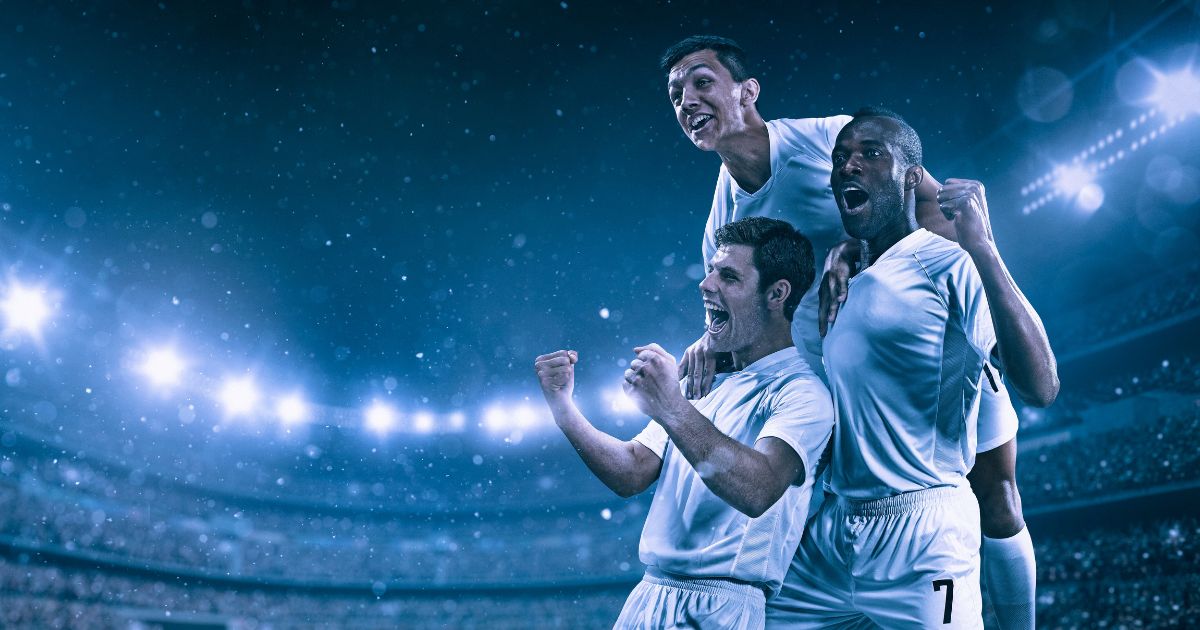The ruling of 06/16/2022 No. 19515, defines the application boundaries of Article 97 of the Copyright Law (LoA), establishing when the so-called exemption of the person’s notoriety makes it legitimate to exploit their image in the name of public interest.
Biographical documentary and unauthorized images
The case involves the well-known ex-footballer (as well as ex-parliamentarian) Gianni Rivera and the RCS publishing group. In detail, Rivera complained about the unlawful use of images – as part of a journalistic documentary – that portrayed him in contexts other than the game.
As a matter of fact, the photographs portrayed the well-known figure in “plain clothes,” e.g.:
- while he was “leaving or returning for a sports competition, or
- while displaying a trophy he had won, or
- in the act of giving a journalist an interview related to his activity, or
- still together with other soccer players.“
Both at first instance and on appeal, Rivera’s claims had been upheld on the grounds that the images portrayed the footballer in everyday scenes outside the football context, the one in which the footballer had achieved notoriety. Before analyzing the court’s ruling, let’s see what the Law says about it.
Celebrities, legitimate use without permission of images
The Copyright Law (No. 633/1941) provides for the general principle that a person’s portrait may not be reproduced and commercialized without that person’s consent (Art. 96 LoA). However, the same Law, in Art. 97 provides several exceptions to this principle.
Among other things, the person’s consent is not required if the reproduction is justified by notoriety or public office covered. Article 97 provides that “The consent of the person portrayed is not required when the reproduction of the image is justified by notoriety or public office covered, by the necessity of justice or police, by scientific, educational or cultural purposes, or when the reproduction is related to facts, events, ceremonies of public interest or held in public. However, the portrait may not be exhibited or put on the market, when the exhibition or putting on the market would be detrimental to the honor, reputation or even decorum of the person portrayed.”
The cases of free use of a person’s image provided for in Article 97 are peremptory and exceptional, and therefore, of strict interpretation.
They are, in fact, cases in which the right to a portrait must yield to overriding public and social needs. Let us see, more specifically, what these needs are and how the Supreme Court has declined the so-called notoriety exception.
What is the difference between public life, personal life and private life?
It is precisely on the application boundaries of the so-called notoriety exception that the Supreme Court has expressed itself with particular clarity.
The main focus of the order of 06/16/2022 No. 19515 is to understand whether the image right of the well-known person and its free exploitation in the name of public interest can be extended as far as his or her personal life or must remain contained within the scope of the public situations that have made him or her famous.
Our Supreme Court has held that the public interest (closely related to the concept of notoriety) also extends to the personal life of the celebrity, thus involving all aspects of his or her life, excluding only those that are strictly private, i.e., took place in private.
What is the new boundary drawn by the Supreme Court?
The Italian Supreme Court, in its Order No. 19515 of 06/16/2022, opposed what the lower courts had held. As we have seen, in both the first instance and on appeal, the footballer’s complaints had been upheld because the images portrayed him in scenes of everyday life, outside the football context.
Indeed, despite the peremptory nature of the exception in Article 97 of the LdA, the interpretation provided by the trial courts seemed overly restrictive.
In fact, according to the Supreme Court, the public interest in well-known personalities also concerns aspects and habits of their lives that go beyond their “professional context”. It should also be considered that, in the examined case, the contested images portrayed Rivera “in the performance of ancillary and related activities, which fall within the cone of projection of his public image and therefore within the sphere of public interest dedicated by the community to their activity.”
The exemption in Article 97 of the LdA thus makes it lawful to publish photographic portraits of famous people not only when they are carrying out activities related to the industry that made them famous, but also when they are carrying out any activity in the public interest, provided that it took place in public.
© Canella Camaiora S.t.A. S.r.l. - All rights reserved.
Publication date: 12 December 2022
Last update: 7 May 2025
Textual reproduction of the article is permitted, even for commercial purposes, within the limit of 15% of its entirety, provided that the source is clearly indicated. In the case of online reproduction, a link to the original article must be included. Unauthorised reproduction or paraphrasing without indication of source will be prosecuted.

Margherita Manca
Lawyer at The Canella Camaiora Law Firm, member of the Milan Bar, she specialises in industrial law.
